Highway Guardrail: What is it’s Purpose?
Highway guardrails are a ubiquitous feature of modern roadways, but their significance often goes unnoticed. These barriers serve a critical purpose in ensuring the safety of motorists and passengers alike. In this article, we’ll delve into the purpose of highway guardrails and why they are essential components of road infrastructure.
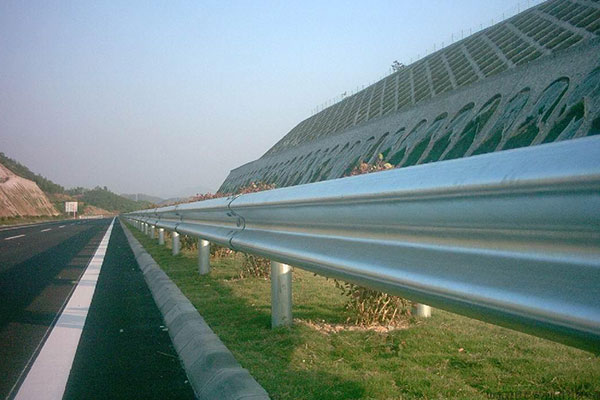
What Are Highway Guardrails?
Highway guardrails, also known as roadside barriers or crash barriers, are protective barriers installed along the edges of roadways to minimize the severity of accidents and prevent vehicles from leaving the road. They are typically made of materials such as steel, concrete, or wood, and are designed to withstand the impact of vehicles, redirecting them back onto the road or absorbing the force of a collision.
Purpose of Highway Guardrails:
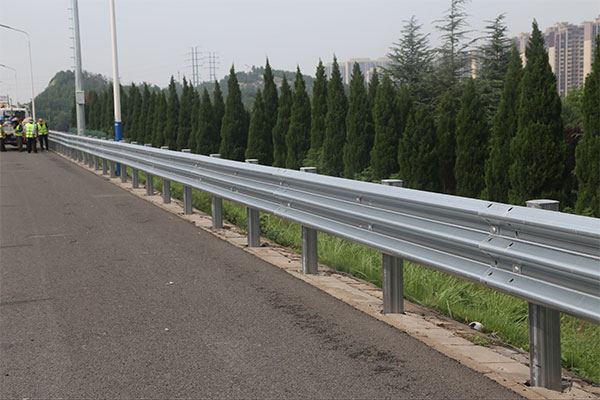
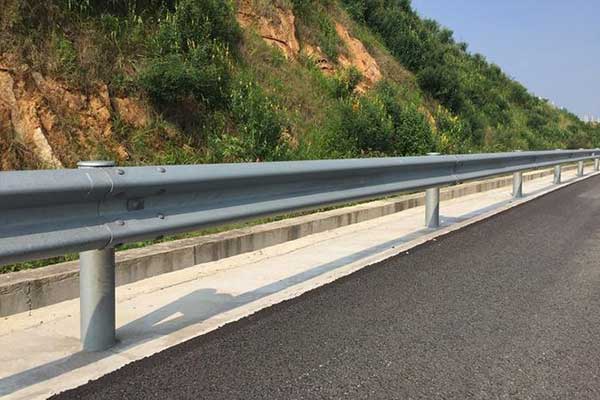
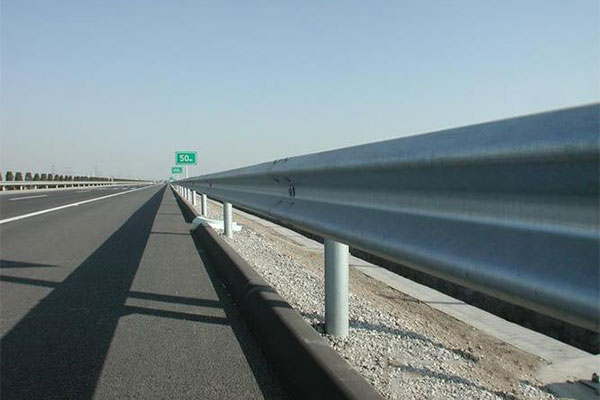
- Preventing Vehicle Rollovers: One of the primary purposes of highway guardrails is to prevent vehicles from rolling over or veering off the road in the event of a collision. By providing a physical barrier, guardrails help to keep vehicles within the bounds of the roadway, reducing the risk of serious accidents.
- Mitigating Collisions: Guardrails act as a buffer between vehicles and hazardous obstacles such as steep embankments, trees, utility poles, or oncoming traffic. In the event of a collision, guardrails absorb the impact and dissipate the force, minimizing the risk of injuries and fatalities.
- Channelizing Traffic: Guardrails also play a role in guiding and channelizing traffic flow, especially on curves and sharp bends where there is an increased risk of vehicles losing control. By delineating lanes and providing a visual cue to drivers, guardrails help maintain order and prevent accidents caused by erratic driving behavior.
- Enhancing Roadside Safety: In addition to protecting motorists, guardrails enhance the safety of pedestrians and cyclists by creating a clear separation between the roadway and adjacent areas. This is particularly important on highways with high volumes of traffic or limited visibility, where the risk of accidents involving non-motorized road users is heightened.
- Improving Visibility: Reflective elements incorporated into guardrail designs, such as reflective strips or delineators, improve visibility during low-light conditions or inclement weather, reducing the likelihood of accidents caused by poor visibility.
Types of Guardrail Systems:
Highway guardrail systems come in various designs and configurations, each tailored to specific roadway conditions and safety requirements. Some common types of guardrail systems include:
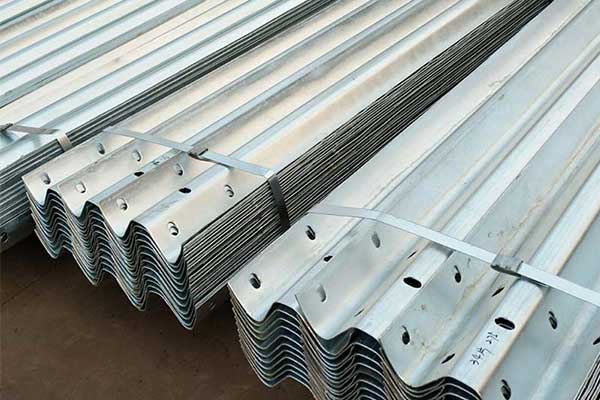
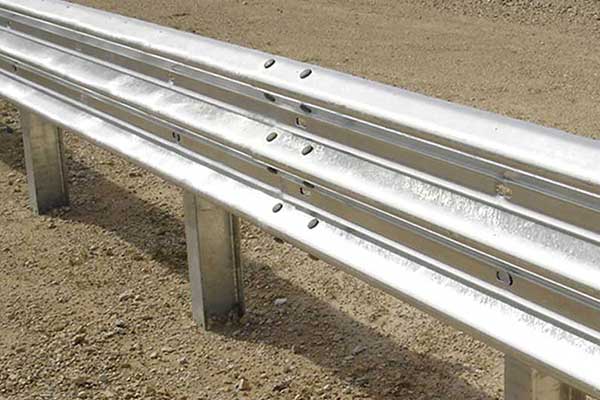
- W-Beam Guardrails: Featuring a corrugated beam design, W-beam guardrails are among the most widely used guardrail systems worldwide. Their flexibility and ability to absorb energy make them effective in reducing the severity of collisions.
- Thrie-Beam Guardrails: Thrie-beam guardrails, with their stronger and deeper profile compared to W-beam systems, offer enhanced protection against larger vehicles and heavy impacts. They are often used on high-speed highways and expressways.
In conclusion, highway guardrails play a crucial role in safeguarding the lives of road users and minimizing the impact of accidents on our roadways. By providing a protective barrier, guiding traffic, and enhancing roadside safety, guardrails contribute significantly to reducing the severity of collisions and saving lives. As we continue to prioritize road safety, the importance of well-maintained guardrail systems cannot be overstated.

